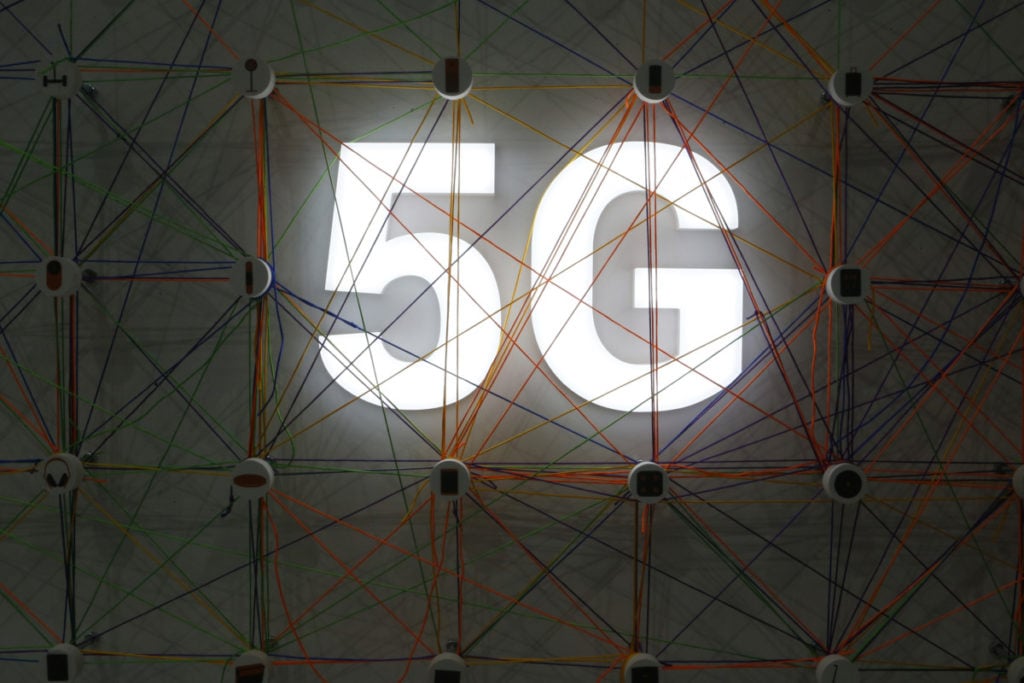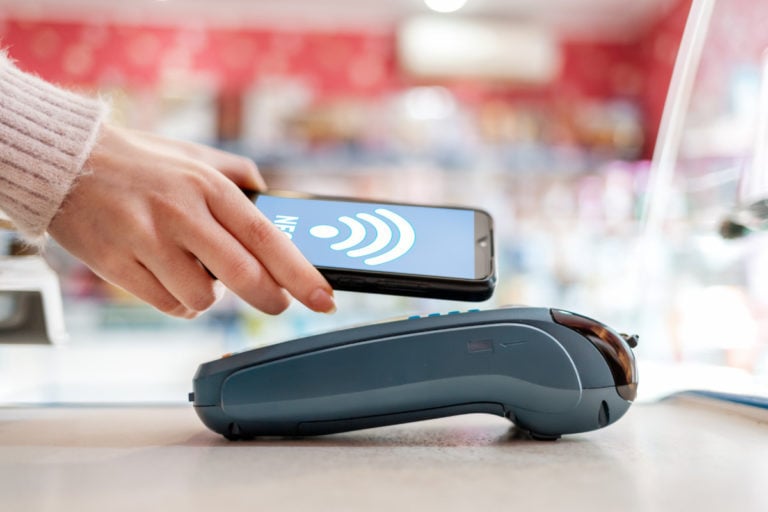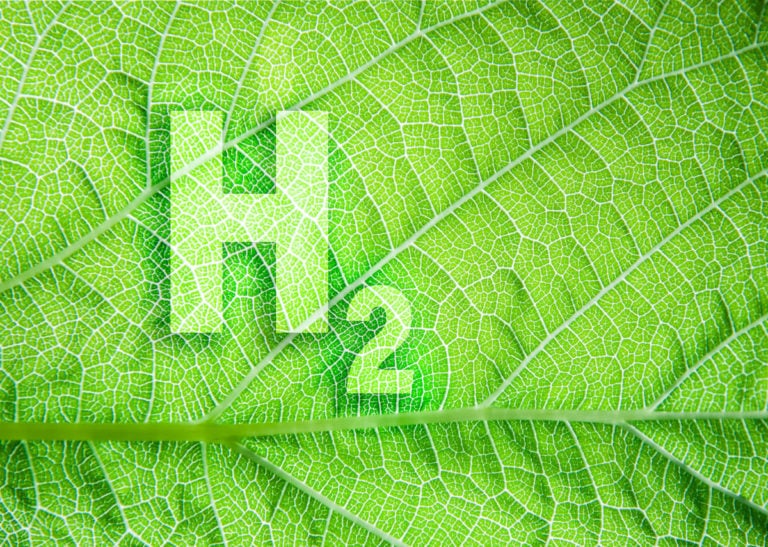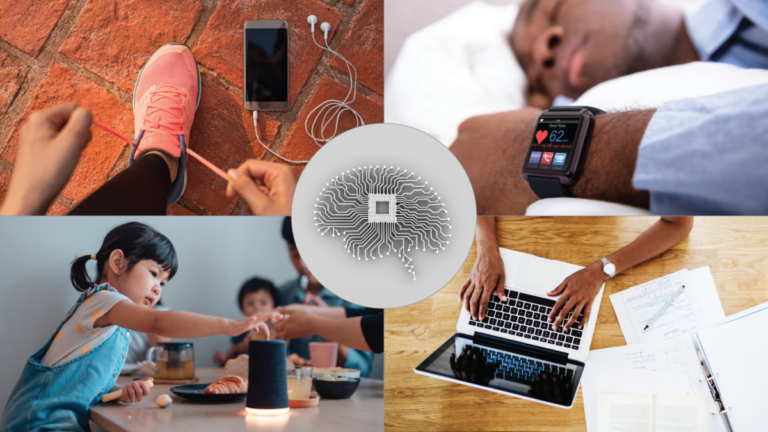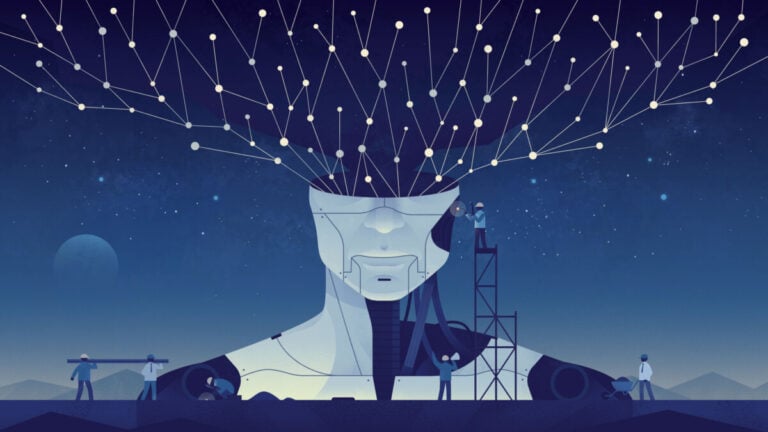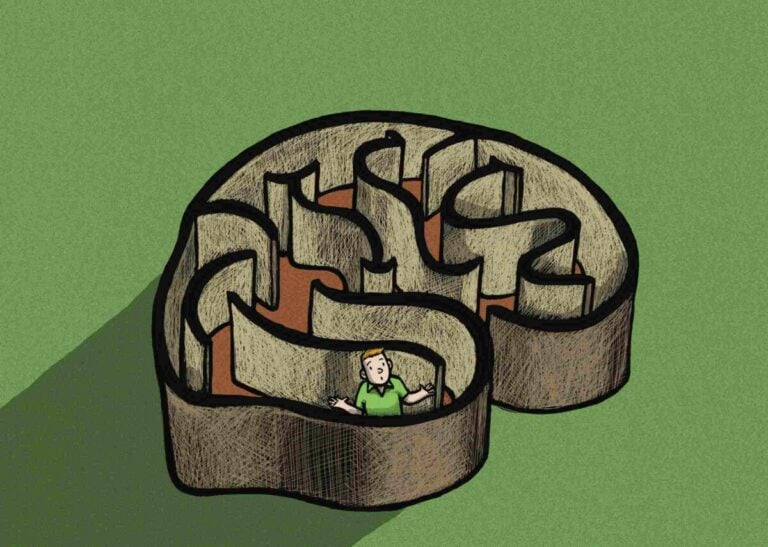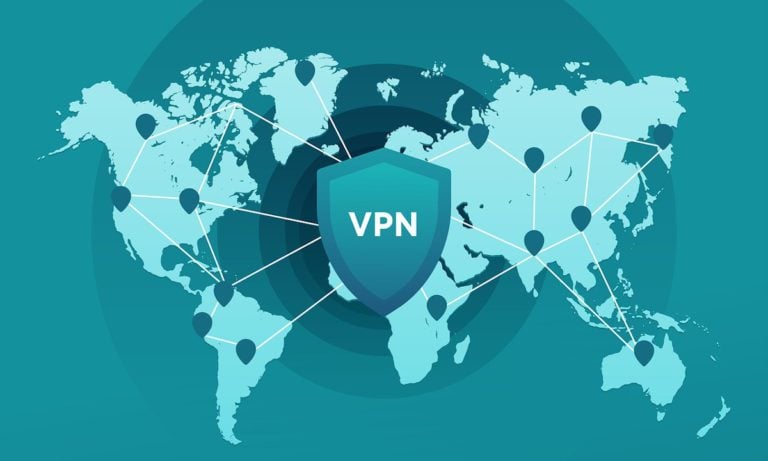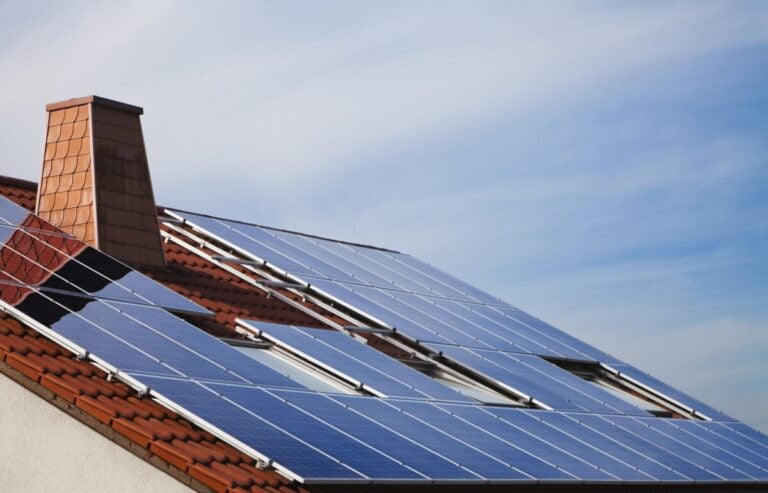In recent days, we have been hearing more and more about 5G technology from both smartphone retailers, mobile operators and the industry.
There is no shortage of information in society about how the fifth generation network will guarantee high speed Internet and change many areas of our lives, but at the same time, there is no doubt that this technology will not harm our health. So what exactly is 5G and how can we better understand this technology?
It’s just the evolution of 4G
Various demonstrations of 5G network capabilities and unexpected deployment scenarios often suggest that 5G mobile communications is a completely new technology from the ground up. In reality, however, it is more of an evolution of 4G that has been around us for almost a decade, and a mix of communications solutions that have been around for some time.
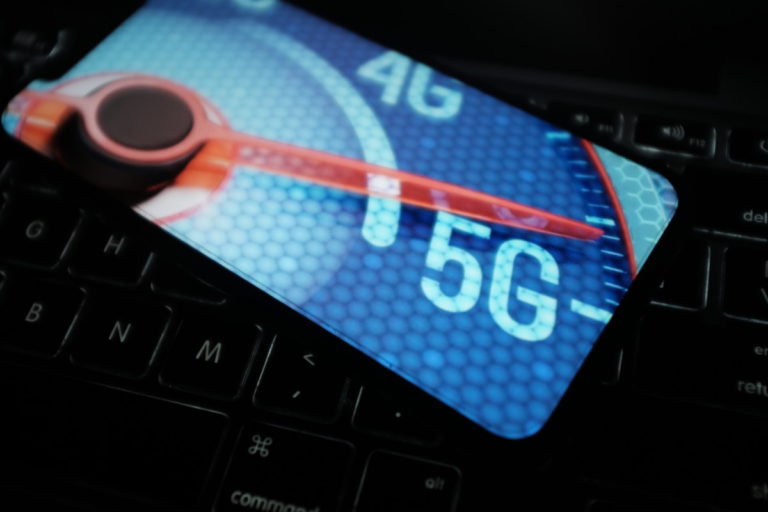
The best example of this is MIMO technology, which allows a device to receive and transmit information from multiple communication transmitters simultaneously. If you have a newer smartphone, it is likely that it connects to the 4G network using it. In addition, there are many models of Wi-Fi routers that support MIMO.
This technology will also be used in 5G deployments, and such solutions will allow smaller transmitters to be placed in a single antenna. By the way, this will not only increase the speed of the Internet, but also reduce the cost of mobile data for consumers, since operators will need less equipment to transmit the same amount of information.
Fiber optic cable is another example of how 5G is being created using the technologies that surround us. The introduction of the fiber-optic Internet network in Russia began at the end of the last century. Initially, this was considered a great rarity and luxury, but for several years now, optical cable has been introduced everywhere. It is this type of cable that will be used to supply antennas for the Internet and 5G communications. The only difference is that they will be more efficient and will be able to transmit the signal faster.
5G is not a health hazard
In the current debate about the development of 5G, the argument about the health risks of electromagnetic radiation is often used. Similar discussions took place several decades ago when the first mobile network was developed, and repeated before the advent of each new generation, so researchers have been studying this area for several years.
In response to public concerns, the US Food and Drug Administration (FDA) decided to dispel doubts by reviewing relevant studies conducted over the past 11 years. Smartphone RF exposure has not been found to pose a significant health risk as long as the life of the device is within or even below applicable standards.

User data is no less secure
Early in the development of 5G, there were concerns that telecommunications equipment manufacturers might compromise the security of the data circulating on the network in order to maximize connection speeds, which could pose a threat to consumer privacy. This risk is being taken seriously by the European Union, which has issued specific regulations for 5G networks that set stricter data protection requirements than those that apply to the 4G network.
Huawei also complies with these requirements – the company does not have access to any data sent over a 5G connection, since all information on the network is encrypted. 5G can be seen as a fortress without vulnerabilities – data is encrypted across all links on the network, which protects sensitive user information such as identity and location. This is one of the things that 4G infrastructure doesn’t do. In addition, 5G data encryption is much more complex than current generation networks. It will take a quantum computer millions of years to decipher them.
5G is green
Energy efficiency is one of the biggest challenges in the telecommunications sector. In 2018 alone, the ten largest mobile operators in the world spent more than $14 billion on electricity, and with the advent of the 5G boom, the need for energy consumption by telcos is growing as it is needed to provide more capacity and faster connectivity.
Therefore, companies deploying a 5G network are looking for sustainable solutions with a high level of integration, while at the same time eliminating the need for the necessary premises and air conditioning. This is the Huawei Green PG Power solution, which allows you to transfer more than 5000 gigabytes of data using only 1 watt of electricity. This is 10 to 20 times more efficient than 4G technology.
